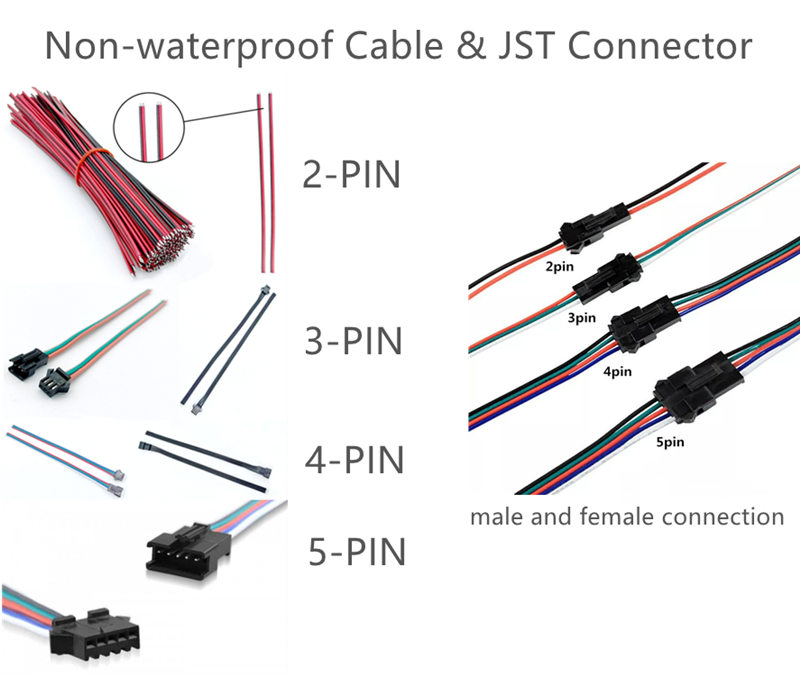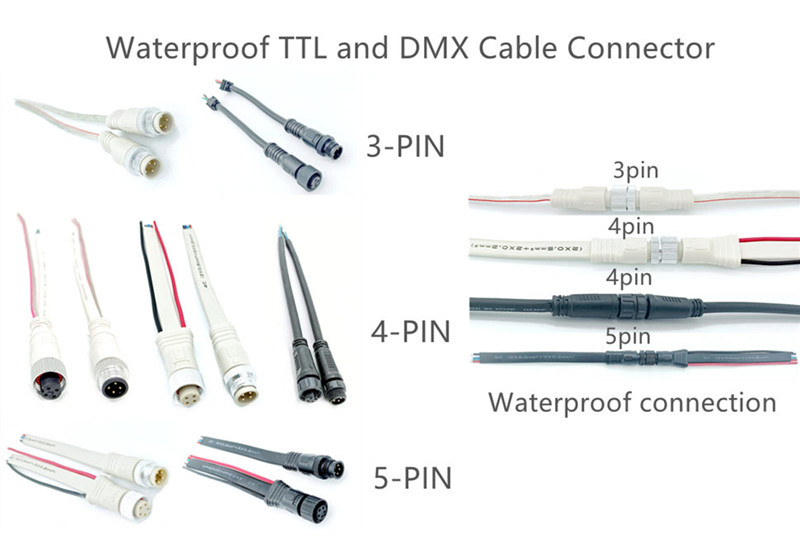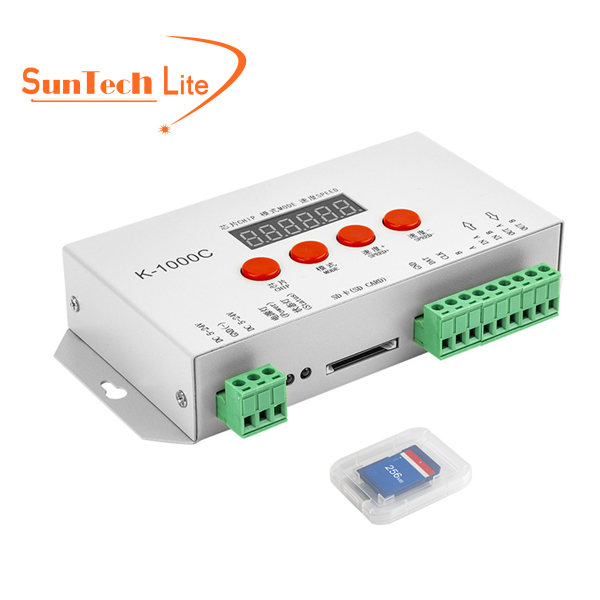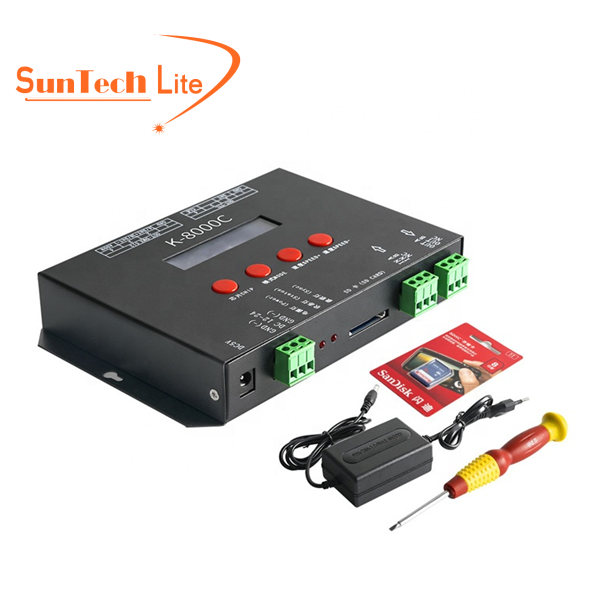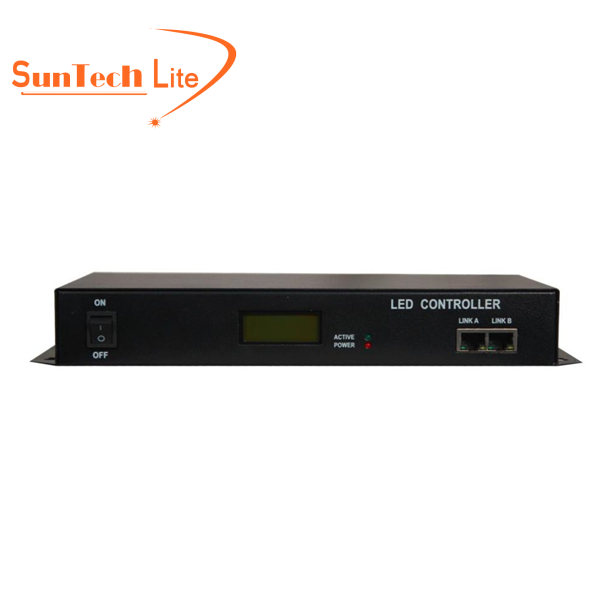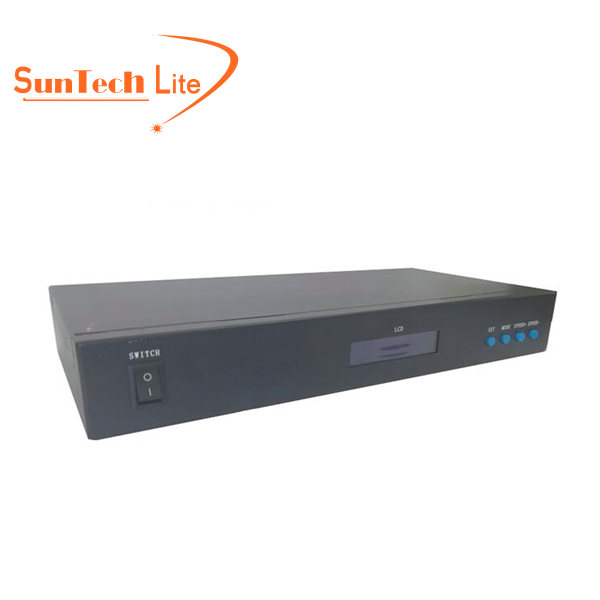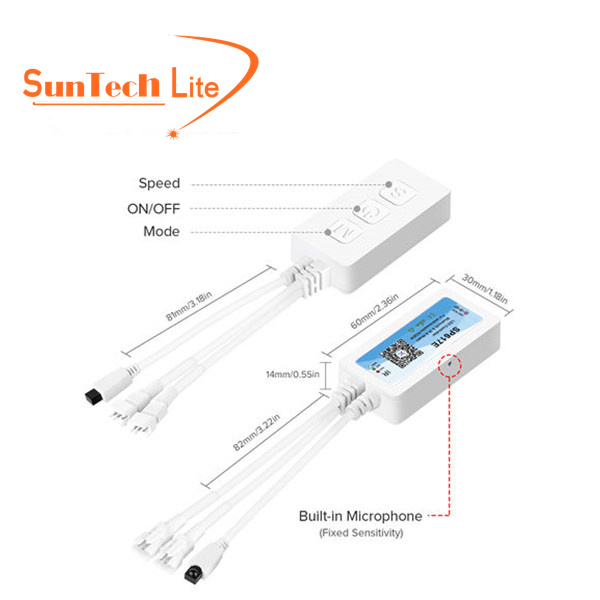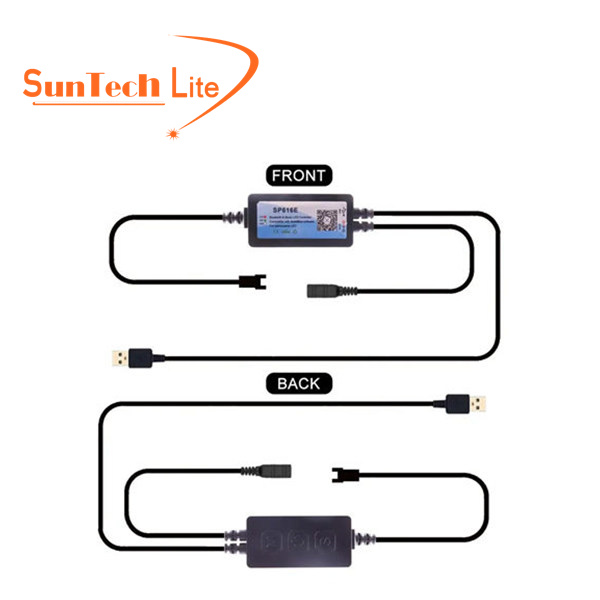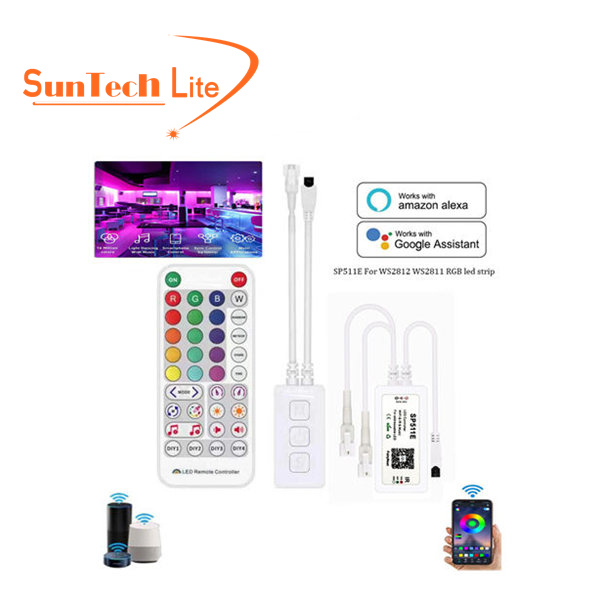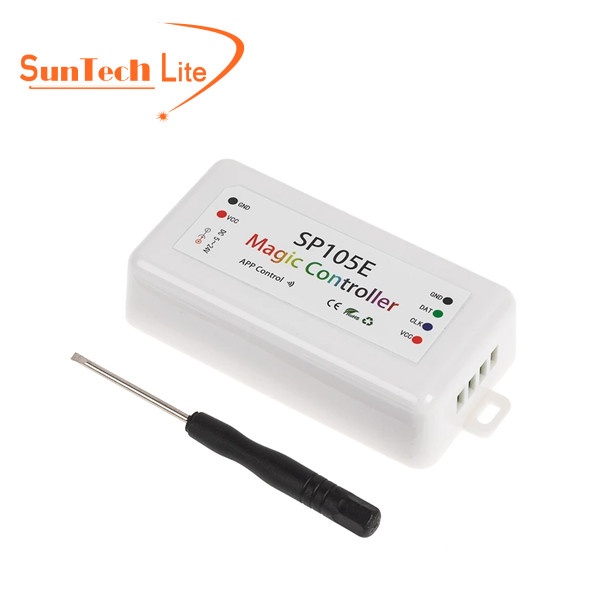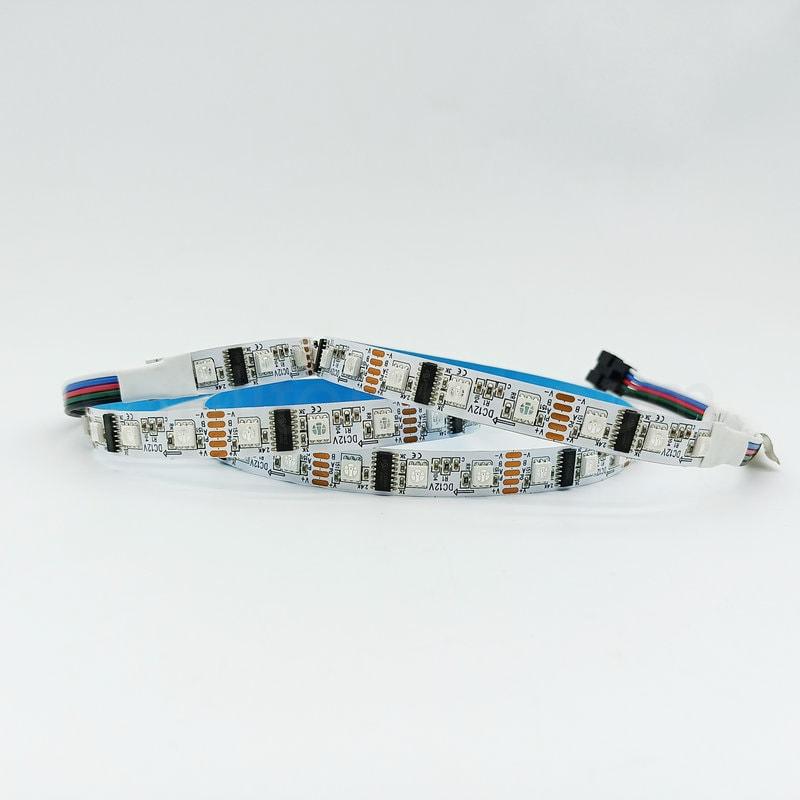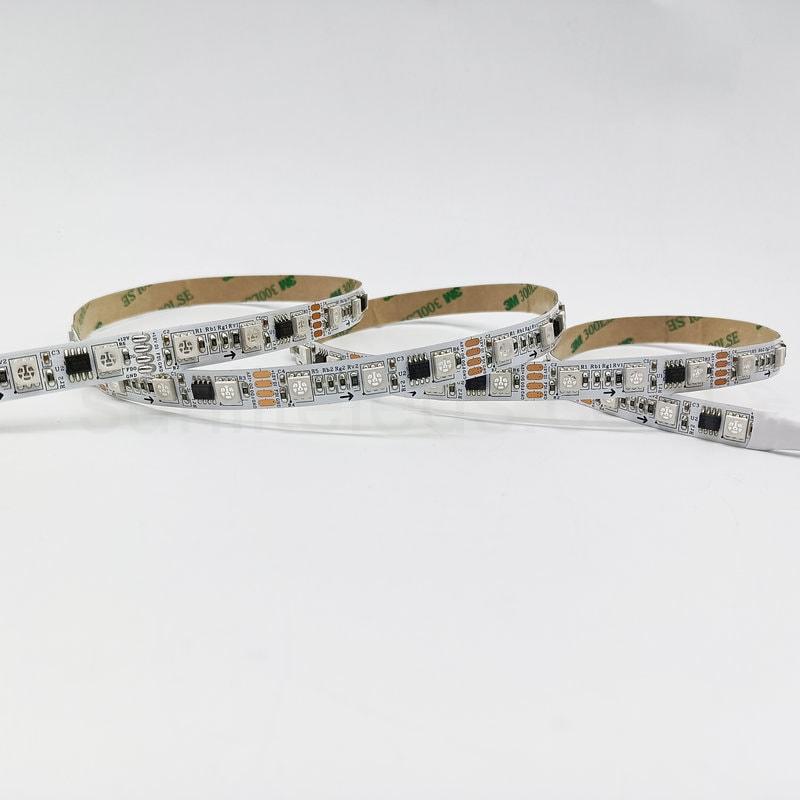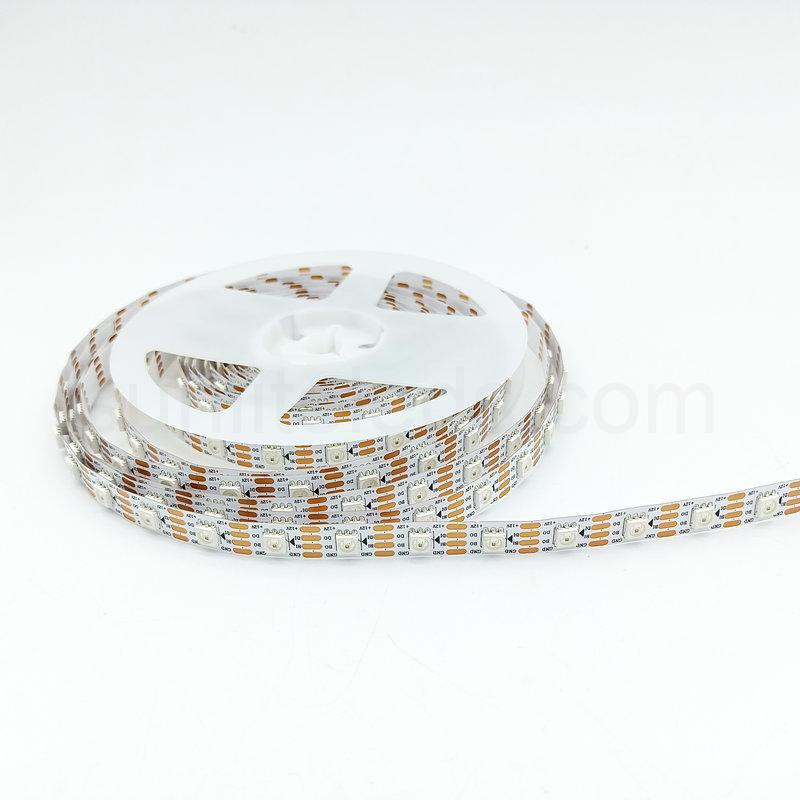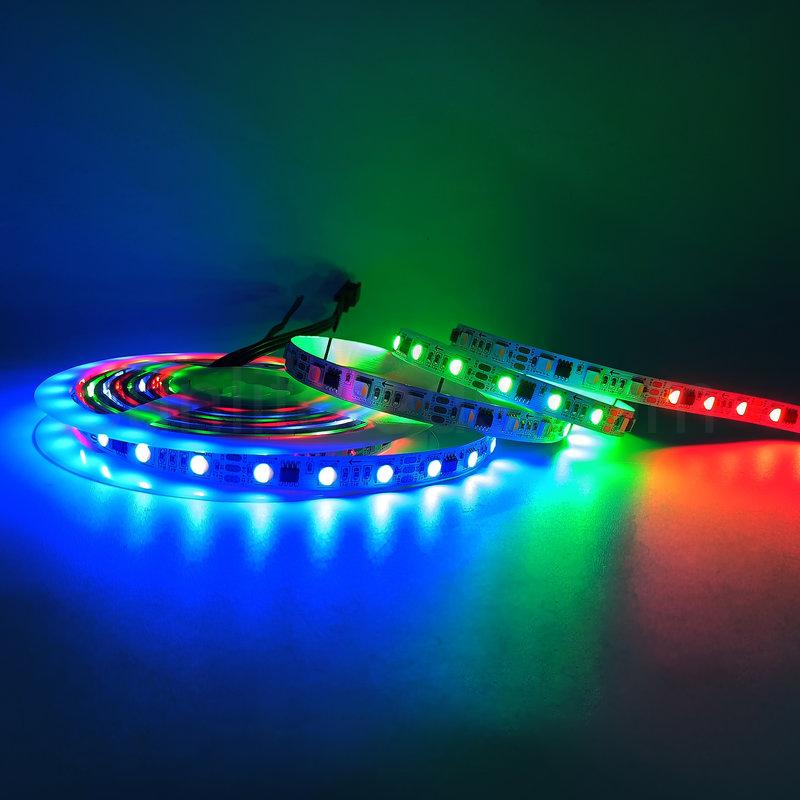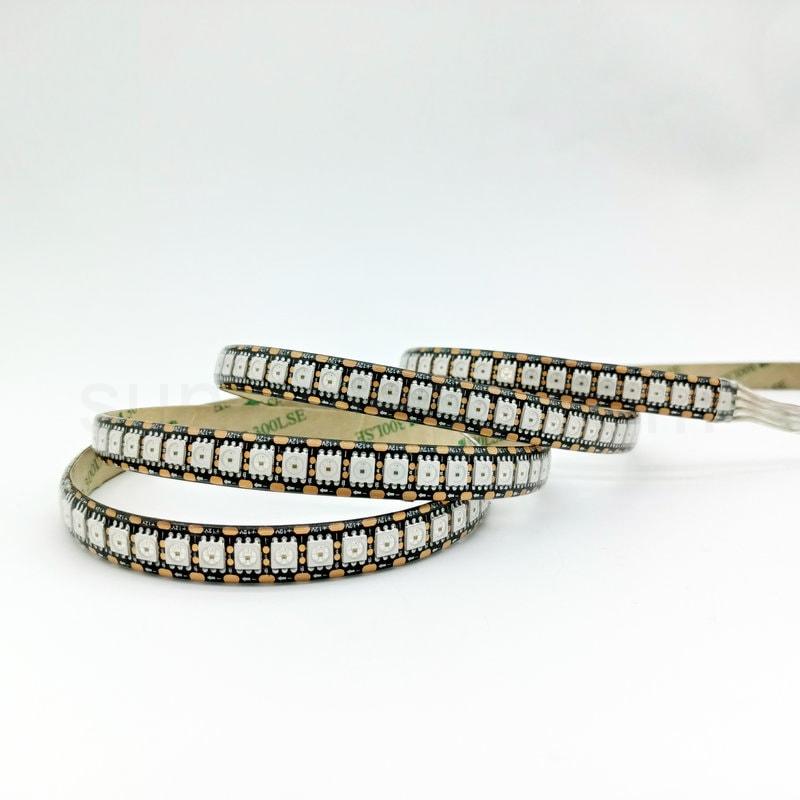APA102 Arduino LED Strip
Chinese professional LED pixel light strip manufacturer and supplirt
APA102 LED is individually controlled built-in driver IC, which has a clock cable and signal data transmission cable. By integrating the driver IC inside the SMD5050 LED, avoiding a large number of LED external chips, capacitor-resistor arrangement occupies a lot of space, shortening the distance of data transmission while bringing the driver IC and SMD LED closer. APA102 addressable LED strip supports DC5V low input voltage (which can work with DC5V USB LED power adapter), individually addressable (single LED can be cut), has higher brightness and purer luminous color than ordinary LEDs.
Shenzhen Suntech is a Chinese manufacturer focused on high quality addressable LED strip lights and a one-stop lighting solution supply. Welcome to contact us.
APA102 Arduino LED Strip Lighting
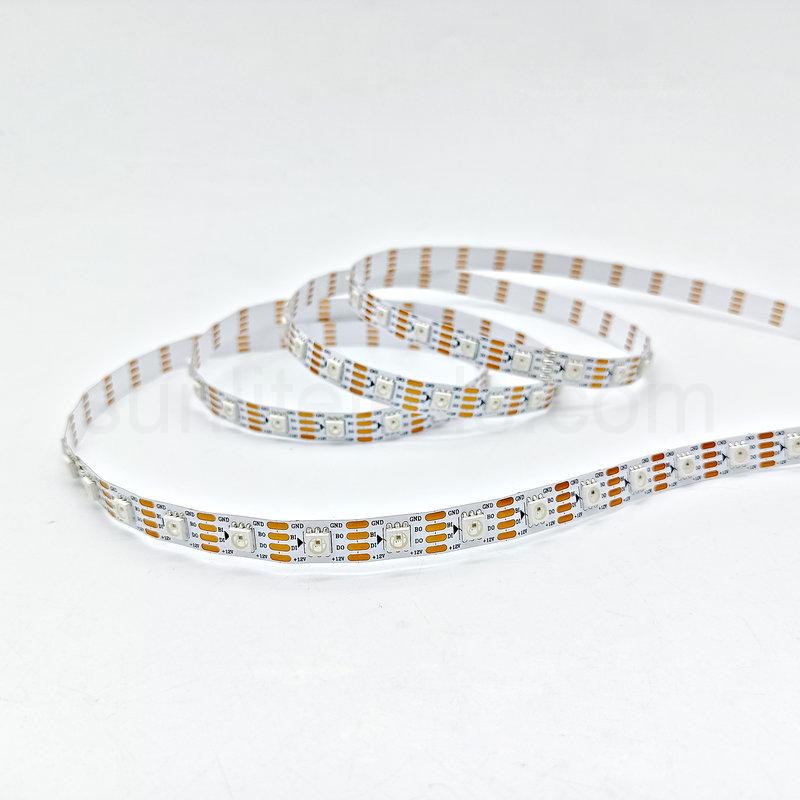
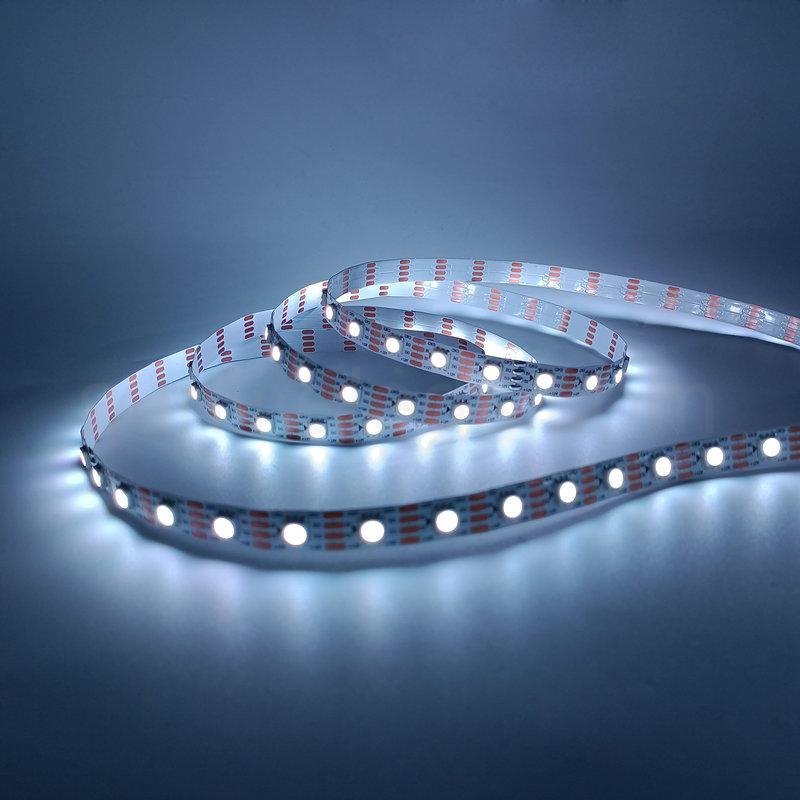
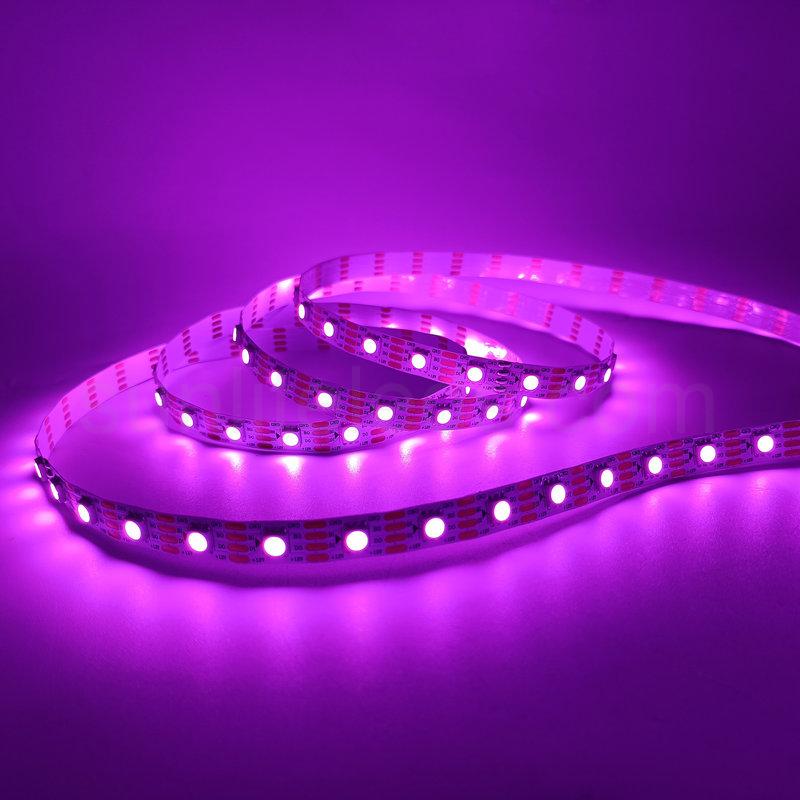
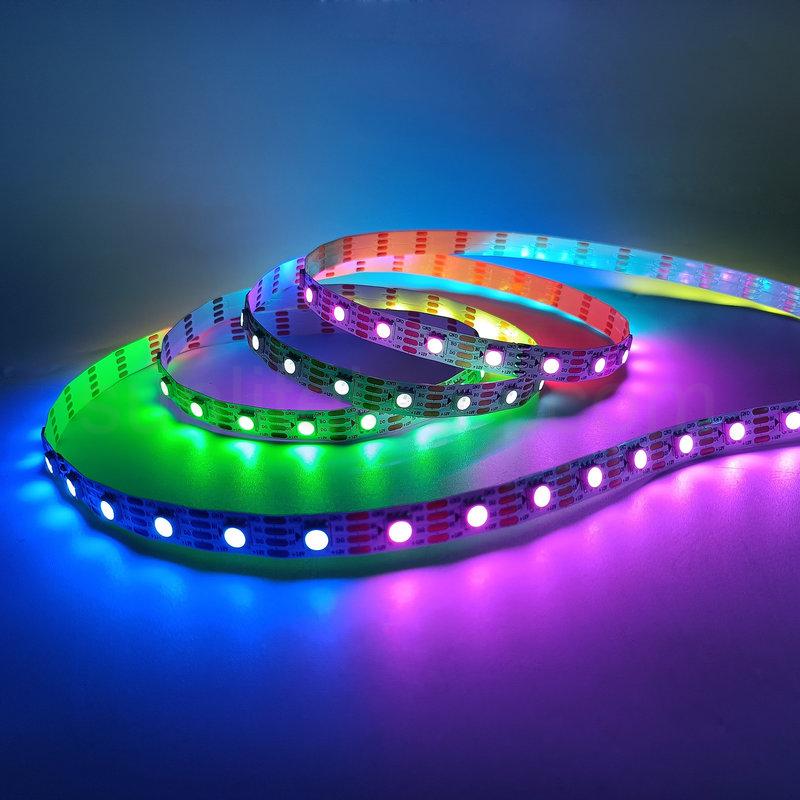
Related Products You May Need:
Accessories:
Cable Connectors
Controllers
FAQs
1. What advantages does employing the APA102 RGB LED Tape Light offer?
Both beginners and expert users will find the APA102 RGB LED Tape Light to be simple to use and easy to program using Arduino. Users may produce a wide range of effects, from basic fades to intricate color cycles, with the correct hardware and programming. Because of this, it’s ideal for generating distinctive atmospheres in your house or lighting a stage.
2. How do I install the APA102 Arduino LED strip light?
APA102 RGB LED tape lights have 3M adhesive tape on the backside and you can fix the strip with mounting clips. Before installation, it is important to clean the surface where the tape light will be applied to ensure proper adhesion. It is also important to properly connect the tape light to a compatible controller and power supply to ensure proper functionality.
3. Can you dim the APA102 Arduino LED strip light?
Yes, we can dim the APA102 RGB LED tape light using a suitable controller or dimmer. The majority of controllers and dimmers that accept the APA102 protocol will let you change the brightness of the digital LED tape light.

